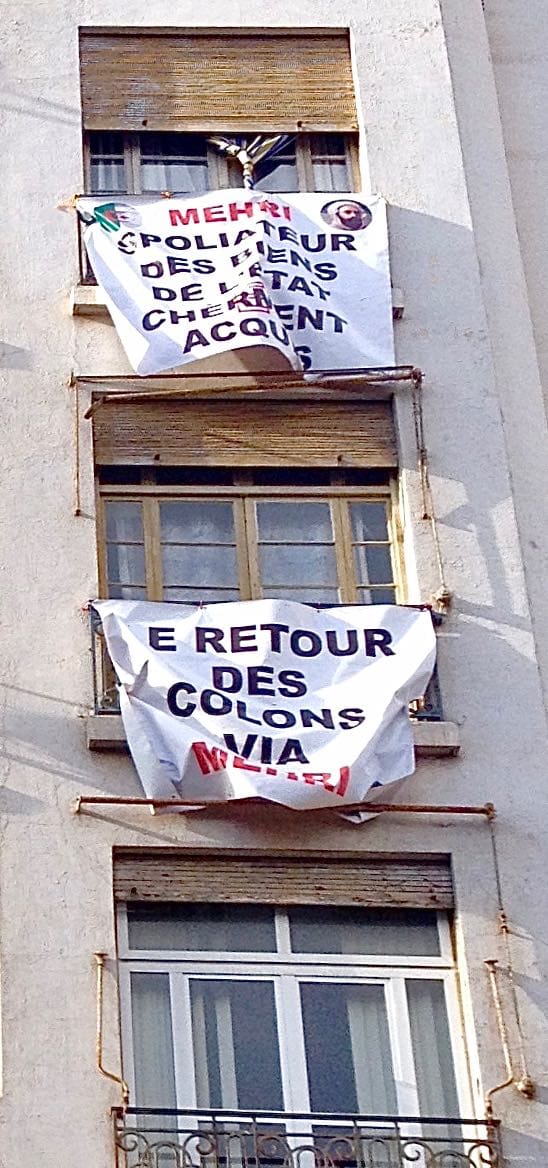From the War of National Liberation to Gentrification
Demonstrations about gentrification in Oran, Algeria are linked to a broader tension over collective versus individual rights to colonial-era properties abandoned by the French, occupied by citizens, nationalized by the state and now subject to varying strategies of individual appropriation in the w
















